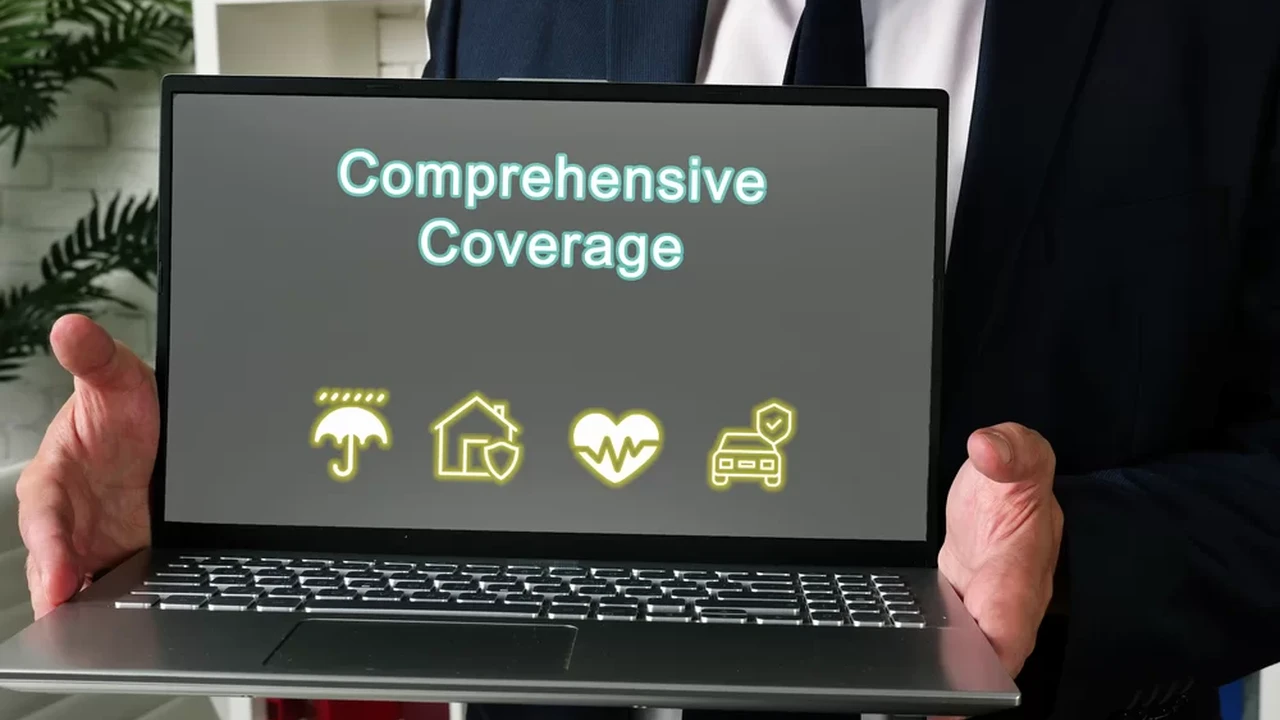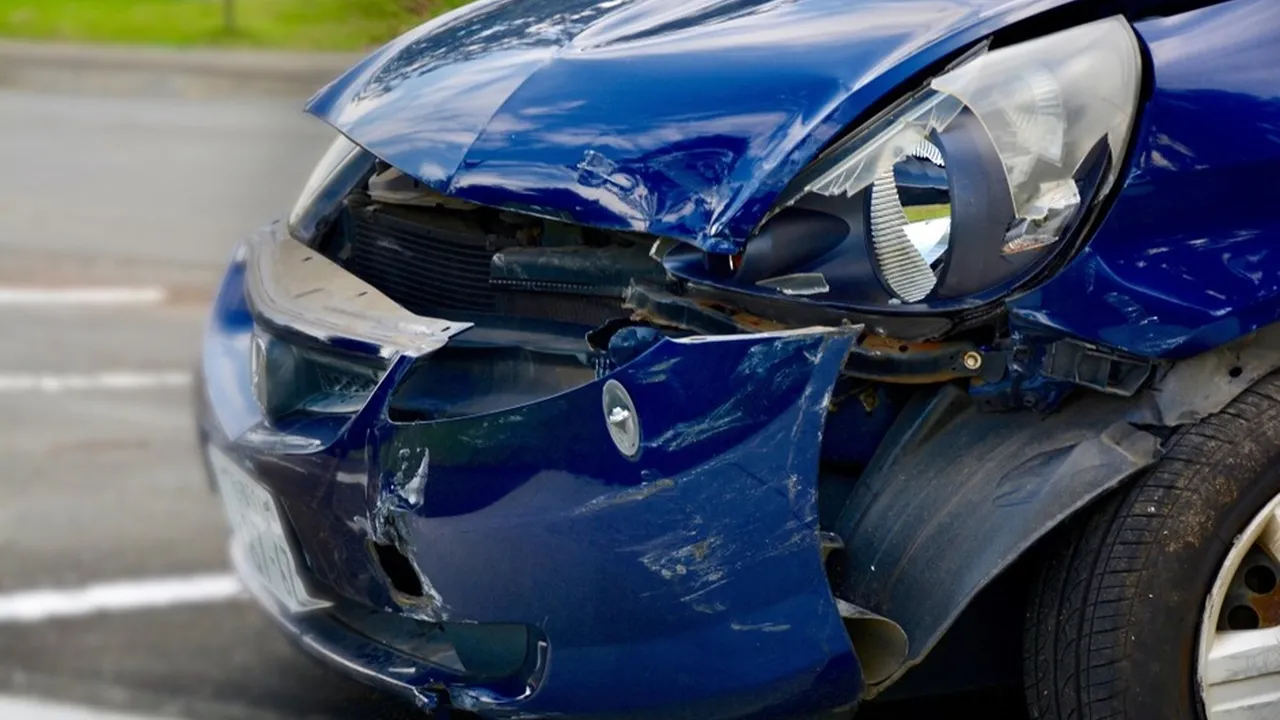Comparing State Minimum Car Insurance Coverage Levels

Understanding State Minimum Car Insurance Requirements
Navigating the world of car insurance can feel like deciphering a secret code. Each state has its own set of minimum car insurance requirements, and understanding these is crucial for staying legal and financially protected on the road. Think of these minimums as the bare minimum you need to drive legally – the absolute floor. They represent the lowest amount of coverage a driver must carry to comply with state law. But remember, "minimum" doesn't always mean "adequate." We'll dive into why that is later.
Liability Coverage: The Core of Minimum Requirements
Liability coverage is the cornerstone of most state minimum car insurance requirements. It's designed to protect *other* people if you're at fault in an accident. It typically includes two parts: Bodily Injury Liability (BI) and Property Damage Liability (PD).
Bodily Injury Liability (BI): This covers the medical expenses, lost wages, and pain and suffering of the other driver and their passengers if you cause an accident. State minimums for BI are usually expressed as two numbers, like "25/50." The first number (25) represents the maximum coverage per person (in thousands of dollars), and the second number (50) represents the maximum coverage for the entire accident (again, in thousands of dollars). So, in a 25/50 scenario, if you injure someone, your insurance would pay up to $25,000 for their injuries. If multiple people are injured, the total payout for all injuries can't exceed $50,000.
Property Damage Liability (PD): This covers the cost of repairing or replacing the other person's vehicle or other property (like a fence or building) if you're at fault in an accident. State minimums for PD are typically a single number, like "10" or "20," representing the coverage amount in thousands of dollars. So, if you damage someone's car and the repair bill is $8,000, your insurance would cover it if you have at least $10,000 in PD coverage.
State-by-State Breakdown of Minimum Car Insurance Coverage
Let's get specific. Here's a glimpse at the minimum car insurance requirements in a few states (remember, these can change, so always double-check with your state's DMV or insurance department):
- California: 15/30/5 (Bodily Injury Liability per person/Bodily Injury Liability per accident/Property Damage Liability)
- Texas: 30/60/25
- Florida: 10/20/10 (But only requires Property Damage Liability and Personal Injury Protection)
- New York: 25/50/10 (plus Uninsured Motorist coverage)
- Pennsylvania: 15/30/5 (But drivers can choose "full tort" or "limited tort," which affects their ability to sue for pain and suffering)
Notice the variations? Some states have significantly higher minimums than others. This reflects the different costs of living, traffic densities, and legal environments in each state.
Why Minimum Coverage Might Not Be Enough
Okay, so you're legally covered with the minimum requirements. Great! But... is it *really* enough? Let's consider a scenario: You cause a multi-car accident with serious injuries. The medical bills alone could easily exceed the state's minimum bodily injury liability coverage. What happens then? You're personally responsible for paying the difference! This could mean dipping into your savings, selling assets, or even facing wage garnishment. Ouch!
Minimum coverage also often falls short when it comes to property damage. A new car can easily cost $30,000 or more. If you only have $10,000 in property damage liability, you'll be paying the remaining $20,000 out of pocket. Not a fun situation.
Beyond Liability: Other Types of Car Insurance Coverage
While liability is the foundation, there are other types of coverage worth considering:
- Uninsured/Underinsured Motorist Coverage (UM/UIM): This protects you if you're hit by a driver who doesn't have insurance (uninsured) or doesn't have enough insurance to cover your damages (underinsured). This is particularly important in states with high rates of uninsured drivers.
- Collision Coverage: This covers damage to your vehicle if you collide with another object, regardless of who's at fault.
- Comprehensive Coverage: This covers damage to your vehicle from things other than collisions, such as theft, vandalism, fire, hail, or hitting an animal.
- Personal Injury Protection (PIP): This covers your medical expenses and lost wages, regardless of who's at fault in an accident. (Common in "no-fault" states)
Comparing Car Insurance Companies and Coverage Options
Choosing the right car insurance company and coverage levels is a personal decision. Here are a few popular companies and a brief overview of what they offer:
- State Farm: Known for its strong agent network and customer service. Offers a wide range of coverage options, including accident forgiveness and roadside assistance. Generally pricier than some online-only options, but the in-person support can be worth it for some.
- GEICO: A popular choice for budget-conscious drivers. Offers competitive rates and a user-friendly online experience. May not have as many in-person agents as State Farm.
- Progressive: Another well-known insurer with competitive rates and a focus on technology. Offers features like Snapshot (a program that tracks your driving habits to potentially lower your rates).
- Allstate: Offers a variety of coverage options and discounts. Known for its "Drivewise" program, which rewards safe driving.
Product Recommendations and Use Cases
Let's look at some specific scenarios and how different coverage options might play out:
Scenario 1: Young Driver, New Car
Use Case: A 20-year-old just bought their first car, a used Honda Civic. They're on a tight budget but want decent protection.
Recommendations:
- Company: Progressive or GEICO (for competitive rates)
- Coverage:
- Liability: At least 50/100/50 (to provide more substantial protection in case of an accident)
- Collision: Consider adding collision coverage if they can afford it, as a used car can still be expensive to repair.
- Comprehensive: Highly recommended, as it covers theft, vandalism, and other unexpected events.
- Approximate Cost: $150-$250 per month (depending on location and driving record)
Scenario 2: Experienced Driver, Family Car
Use Case: A 45-year-old with a clean driving record drives a minivan and transports their kids regularly.
Recommendations:
- Company: State Farm or Allstate (for strong customer service and comprehensive coverage options)
- Coverage:
- Liability: 100/300/100 (provides significant protection in case of a serious accident)
- Collision: Essential, as a minivan is expensive to repair or replace.
- Comprehensive: Essential, especially if they live in an area prone to hail or other weather events.
- Uninsured/Underinsured Motorist: Highly recommended, as it protects them if they're hit by an uninsured or underinsured driver.
- Umbrella Policy: Consider an umbrella policy for even greater liability protection.
- Approximate Cost: $100-$200 per month (depending on location and discounts)
Scenario 3: Driver in a High-Risk Area
Use Case: Someone living in a city with a high rate of car theft and vandalism.
Recommendations:
- Company: Any major insurer that offers comprehensive coverage.
- Coverage:
- Comprehensive: Absolutely essential. Consider a lower deductible to minimize out-of-pocket expenses in case of theft or vandalism.
- Uninsured/Underinsured Motorist: Highly recommended, as they're more likely to be involved in an accident with an uninsured driver.
- Approximate Cost: Will vary significantly depending on the area and the driver's record. Get quotes from multiple insurers.
Comparing Specific Products: A Deeper Dive
Let's compare some specific features offered by different insurers:
- Accident Forgiveness: State Farm and Allstate offer accident forgiveness, which means your rates won't go up after your first at-fault accident. This can be a valuable benefit, especially for new drivers. GEICO also offers a similar program, but eligibility requirements may vary.
- Snapshot (Progressive): This program uses a device or mobile app to track your driving habits (speed, braking, time of day) and potentially lower your rates if you're a safe driver. However, your rates could also *increase* if you're a risky driver.
- Drivewise (Allstate): Similar to Snapshot, Drivewise tracks your driving habits and rewards safe driving with discounts.
- Diminishing Deductible: Some insurers offer a diminishing deductible, which means your deductible decreases over time as long as you remain accident-free.
Pricing and Discounts: Saving Money on Car Insurance
Car insurance prices can vary significantly depending on a number of factors, including:
- Your age and driving record
- Your location
- The type of car you drive
- Your coverage levels
- Your deductible
Here are some common discounts to look for:
- Good student discount
- Safe driver discount
- Multi-policy discount (bundling your car and home insurance)
- Military discount
- Affiliation discounts (discounts for members of certain organizations)
- Anti-theft device discount
It's always a good idea to shop around and compare quotes from multiple insurers to find the best rates. Online quote comparison tools can be helpful, but be sure to also talk to an agent to discuss your specific needs and ensure you're getting the right coverage.
The Importance of Regularly Reviewing Your Car Insurance Policy
Your car insurance needs can change over time. It's a good idea to review your policy at least once a year, or whenever you experience a major life event, such as:
- Moving to a new state
- Buying a new car
- Getting married or divorced
- Adding a new driver to your policy
- Experiencing a change in your driving habits
By regularly reviewing your policy, you can ensure that you have the right coverage to protect yourself and your assets.
Understanding the Legal Ramifications of Driving Without Insurance
Driving without insurance is illegal in most states and can result in serious consequences, including:
- Fines
- Suspension of your driver's license
- Vehicle impoundment
- Jail time (in some states)
- Financial responsibility for any damages you cause in an accident
Don't risk it. Make sure you have at least the minimum required car insurance coverage in your state.
The Future of Car Insurance: Trends to Watch
The car insurance industry is constantly evolving. Here are a few trends to watch:
- Usage-based insurance: This type of insurance uses technology to track your driving habits and adjust your rates accordingly.
- Autonomous vehicles: As self-driving cars become more common, the way we think about car insurance will likely change.
- Telematics: More insurers are using telematics to collect data about driving behavior and offer personalized rates.
Staying informed about these trends can help you make the best decisions about your car insurance coverage.
Final Thoughts on State Minimum Car Insurance
While meeting the state minimum car insurance requirements is essential for legal compliance, it's crucial to understand that minimum coverage may not provide adequate financial protection in the event of a serious accident. Carefully consider your individual needs and circumstances and choose coverage levels that will protect you and your family.
:max_bytes(150000):strip_icc()/277019-baked-pork-chops-with-cream-of-mushroom-soup-DDMFS-beauty-4x3-BG-7505-5762b731cf30447d9cbbbbbf387beafa.jpg)






